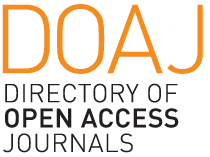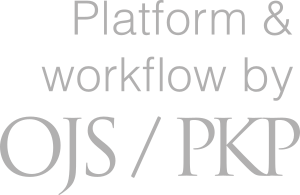Phosphorus and faecal bacteria in runoff from horse paddocks and their mitigation by the addition of P-sorbing materials
Keywords:
equine area, faecal indicator bacteria, footing materials, runoff, water qualityAbstract
The growing popularity of horse keeping is accompanied by an increase of phosphorus (P) and faecal micro-organisms from outdoor paddocks. We used an indoor rainfall simulation to monitor concentrations of dissolved reactive P (DRP) and faecal coliforms in runoff and percolation water from different paddock footings. Drainage water was also monitored from two paddocks constructed of woodchips. Sand retained more DRP (p<0.0001) and coliforms from percolation water than woodchips. Some of the footings were amended with P-sorbing materials, such as [Ca(OH)2], [Fe2(SO4)3], or Fe-gypsum, to retain DRP. High DRP concentrations (17–18 mg l-1) were observed in runoff from a woodchip footing amended earlier with Ca(OH)2 and in sand footing amended with CaCO3. However, application of Fe-gypsum to woodchips decreased the DRP load in percolation water by 83% compared to the footing without Fe-gypsum. Fe compounds were better than Ca compounds. The decrease in coliforms was usually small due to the modest pH changes in the water.
Downloads
How to Cite
Accepted 2012-06-17
Published 2012-09-28









